In April of 2011, Yim and I decided we would take a road trip to Portland, Oregon.
We hopped aboard the Coho in downtown Victoria early one April morning for the 90 minute trip over to Port Angeles and then headed through Olympic National Park to Olympia and onwards to Portland. From Port Angeles, it took us about five hours and we checked into The Paramount Hotel just around 6 pm.
My sister Donna and her husband were going to drive up from Eureka, California and meet us there for a day and we were going to visit the famous Saturday Market together.
Portland – An extraordinarily unconventional city.
A little bit creative, a little bit counter-culture, Portland is a year-round, always-evolving city that’s home to a mindful community dedicated to keeping its city sustainable, innovative and accessible.
There’s an incredible hop-on & hop-off FREE public transit system, tax-free shopping and beautiful in-city parks offering dozens of cultural attractions.
Portland also has a very happening craft brew and craft cider scene like no other. They even have their own Distillery Row now. The city is packed with so much character you can easily lose track of time. The long weekend just flew by while we were here.
Plus, you’ll also find Mount Hood, the Columbia River Gorge and the Oregon Coast really nearby, but we’ve always gotten immersed in the downtown Portland scene while we were there.
We absolutely loved Portland and visited twice. Three times if you count the time I visited while attending CiderCon while launching our organic Cider business.
Portland Saturday Market
So, Saturday morning. Up, eat and out for a day of exploring.
Combining the vibes of an art show, a live street concert and an open-air bazaar, the Portland Saturday Market has been a beloved Portland tradition since 1974. In fact, the market is considered the largest continually operating arts-and-crafts fair in the United States, drawing up to one million visitors during its annual season.
On any given Saturday from the beginning of March to the day before Christmas, shoppers can wend their way through the rows of tents of this large outdoor market featuring local makers, artisans, and chefs.
Portland Saturday Market was the brainchild of two women, Sheri Teasdale and Andrea Scharf. Both were artists living in the area who had sold at the Saturday Market in Eugene. Their idea was to create a similar style of market in downtown Portland.
Beginning in December 1973, the two visited everyone they could think of in the city to sell their idea: an open-air market of all handmade food and craft items. It would be a win-win situation they insisted. Artists would have an economic outlet for their work, customers would gain better access to locally produced items, and the city would have a new attraction to draw customers into the downtown area.
It’s a big crazy place and there is no way to go in there without spending at least a few hours.
Portland Japanese Gardens
The nest day, Donna and Marty took off and Yim and I visited the Portland Japanese Gardens.
For more than forty-five years, the Portland Japanese Garden has offered a personal encounter with Japanese culture and a tranquil experience that celebrates the natural beauty of Oregon. The Garden was established in the early 1960’s to strengthen ties between the people of Portland and Sapporo, Japan. Following the establishment of the Portland-Sapporo Sister City Association in 1959, the Japan Society of Oregon launched a study to explore the possibility of creating a Japanese garden as a symbol of the renewed bond of friendship. The former location of the old Washington Park Zoo was selected, and the 5.5-acre site was dedicated in 1963 and opened to the public in 1967.
The Japanese Garden is the vision of Takuma Tono. Considered one of the most important Japanese landscape architects of his time, Tono graduated from Hokkaido University in 1916 and received his master’s degree in landscape architecture from Cornell University in 1921.
With a climate not unlike that of central Japan, Portland was an ideal place to build a Japanese garden, and Tono took up the challenge. His master plan included several garden styles to represent historical developments and concepts in Japanese garden design: the Stroll Pond Garden, the Flat Garden, the Tea Garden, and the Sand and Stone Garden. The fifth and most contemporary style of garden, the Natural Garden, was added later to complete the site.
Over the years, eight professional gardeners from Japan have overseen the Garden’s maintenance and construction, in addition to a local staff of professional gardeners.
Special features of the Garden include a 100-year-old authentic temple gate that stands at the lower entrance. An elegant, handcrafted Moon Bridge spans the Upper Pond in the Stroll Pond Garden, and more than two-dozen authentic stone lanterns grace the grounds, including a 100-year-old Five-Storied Pagoda Lantern that was a gift from the City of Sapporo.
The Kashintei Tea House was constructed in Japan by the Kajima Construction Company and re-assembled at the site in 1968. The Garden Pavilion, constructed by Skidmore, Owings, and Merrill in 1980 in the Japanese style, features an expansive tiled roof, wooden verandas, and sliding shoji doors. The Pavilion hosts many Japanese cultural festivals, art exhibitions, and other activities year-round.
More important than the Garden’s individual features, however, is the extent to which Tono captured the spirit and the essence of nature, much the same way that a landscape painter might capture it on paper. The desired effect is to realize a sense of peace, harmony, and tranquility, and to feel a part of nature.
The stewards of the Portland Japanese Garden continue to strive for the same standard sought by garden designers in Japan for more than 1,500 years. At the Garden’s twenty-fifth anniversary celebration in 1988, Nobuo Matsunaga, the Japanese ambassador to the United States, described the Garden as “The most beautiful and authentic Japanese garden in the world outside Japan.”


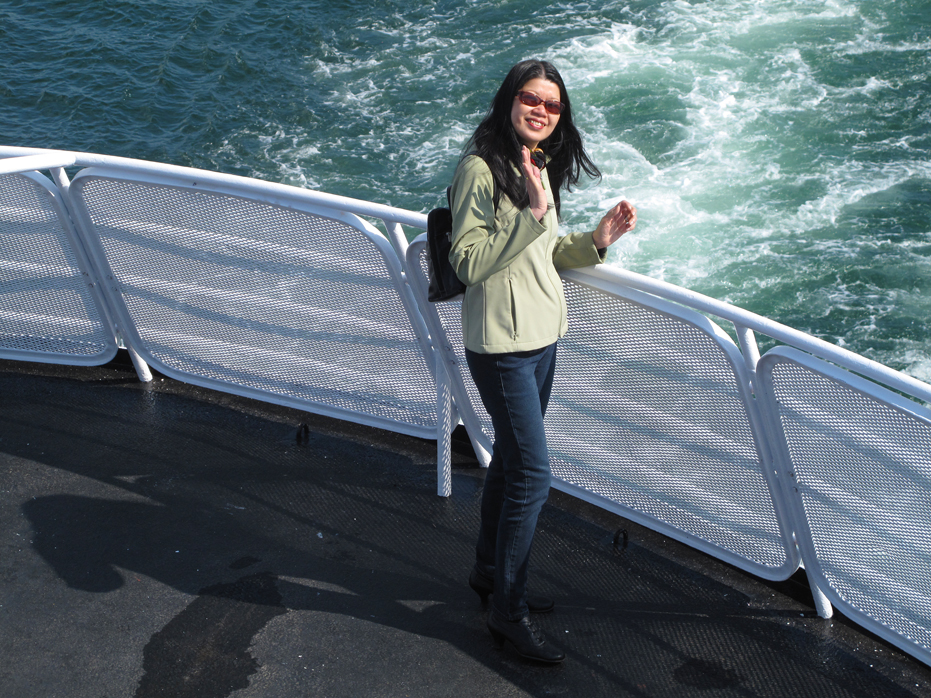

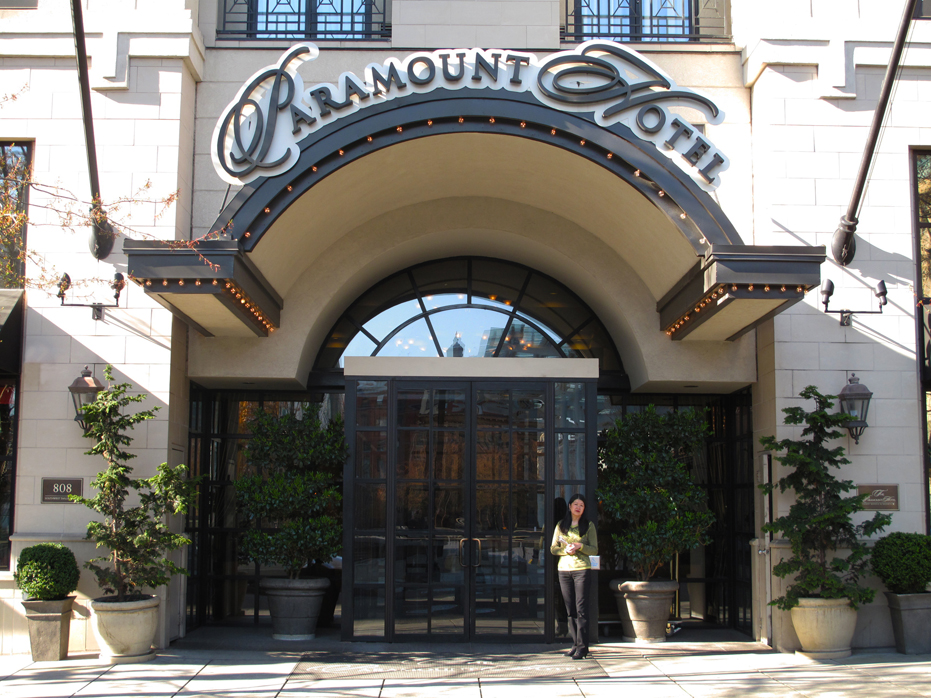
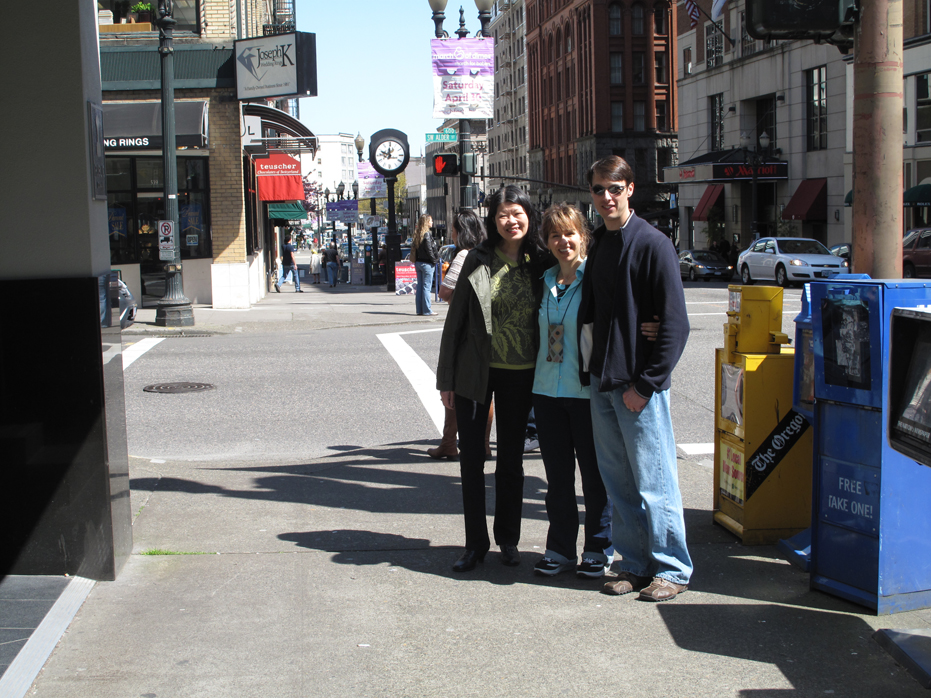

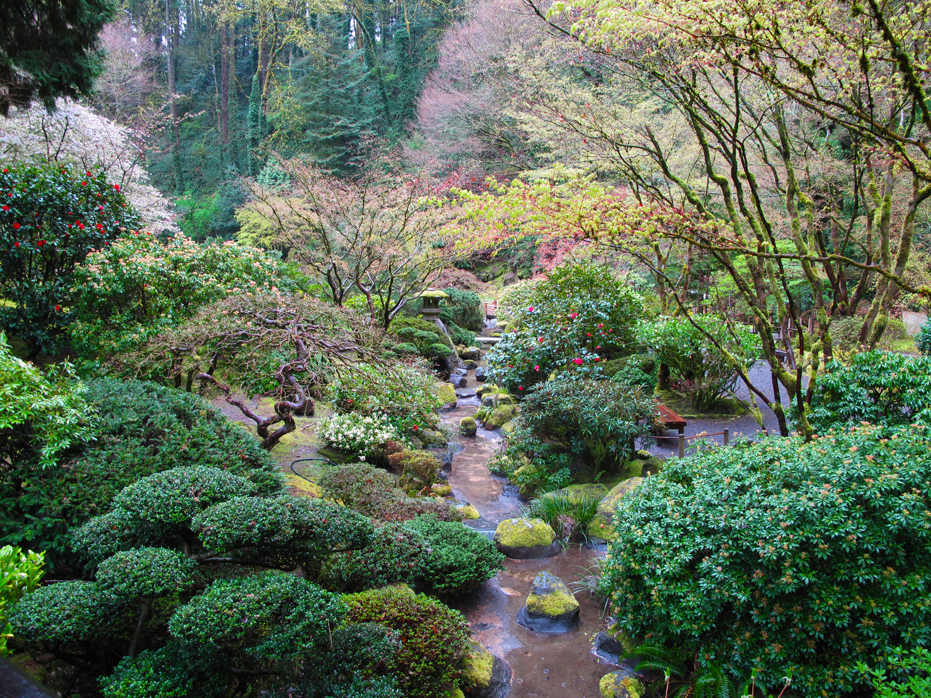

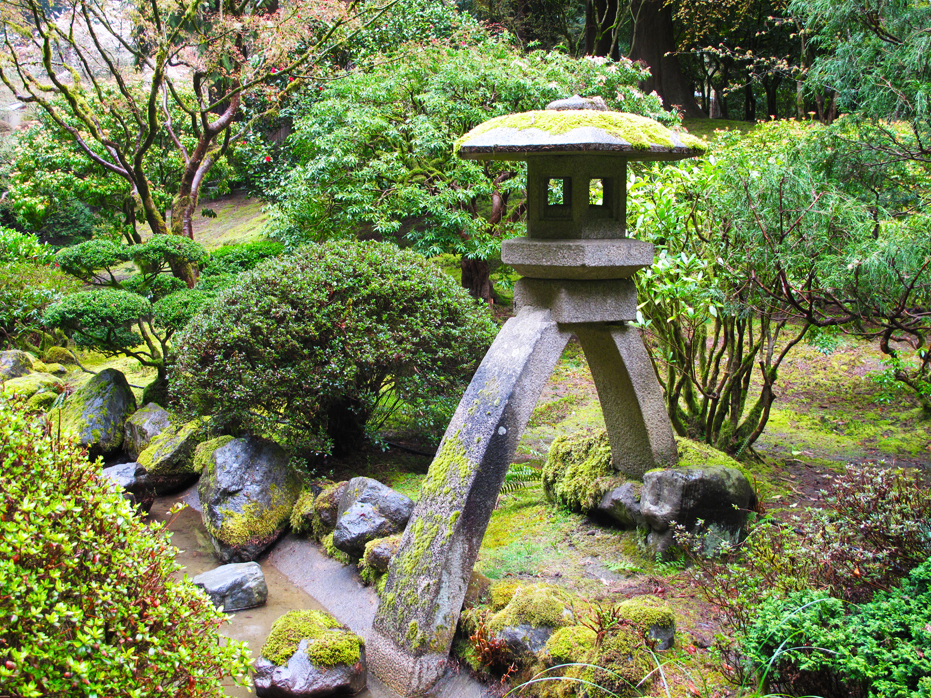
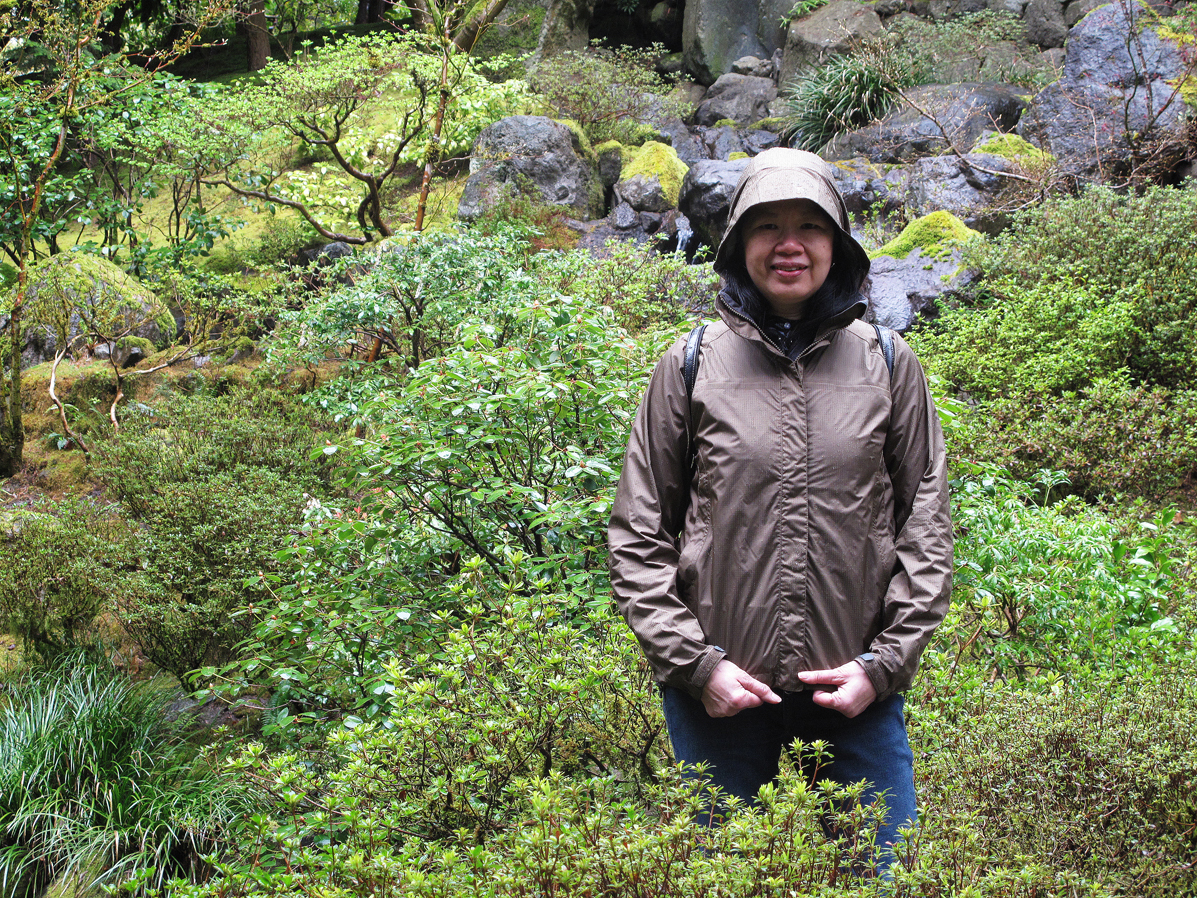
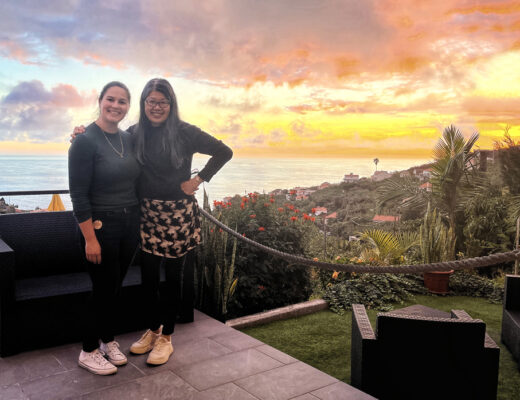
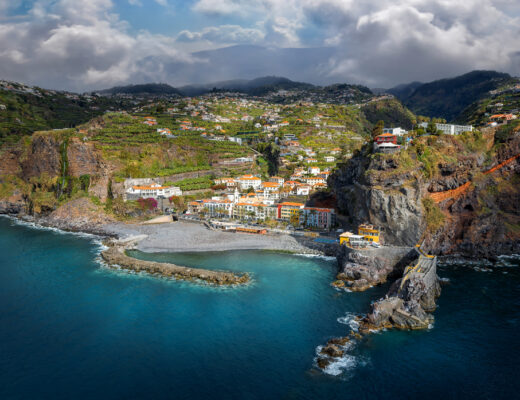
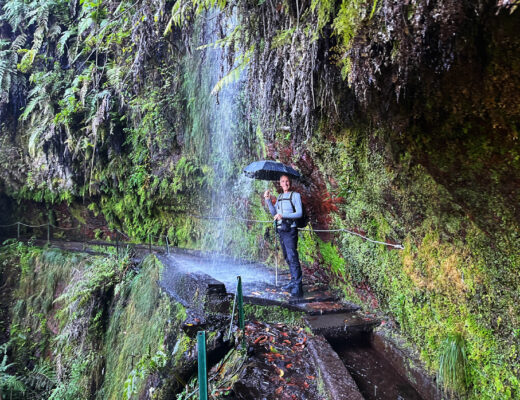
No Comments